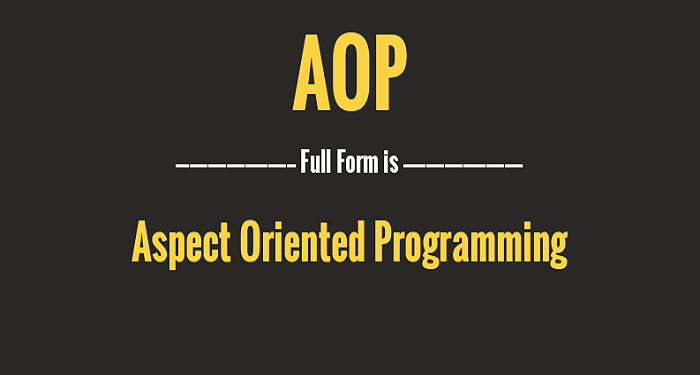What does AOP full form stand for? This acronym stands for Aspect Oriented Programming. This programming paradigm combines aspects of a domain with other information, such as data structures, to create a better user experience. AOP is often related to the fields of insurance, automobiles, finance, mobile phones, computers, school, health, and more. The following are examples of some of the related terms that are part of AOP.
The first step in submitting an AOP is to complete the Child section. Then, the other parent will need to provide their full name, address, date, and place of birth. The other parent should sign the form in the presence of two witnesses who cannot be related to the child. The AOP form will need to be filed in the district where the child’s birth certificate is filed. If the parents have not yet filed their AOP, they can do so at the hospital or birthing center. Once complete, they should file it with the district where the birth certificate is filed.
While the terms BOI and AOP are often used interchangeably, there are some significant differences. BOI and AOP are both legal entities and the latter is often abbreviated as a corporation. Both acronyms are used to refer to associations of persons. The difference between the two terms comes from the way they are used in the legal world. In some cases, an AOP will consist of one person and several, while a BOI will consist of a combination of both.
In the world of banking, AOP is a common term that refers to a company’s annual operational plan. It contains a detailed budget and a timeline for achieving those goals. The AOP keeps a business on track and helps it reach its financial goals. But what does the AOP full form mean for your company? There are 14 different meanings of AOP. Here are some examples:
AOP is a term that describes a management scheme that allows for voluntary participation and a common purpose. AOPs can register or remain unregistered, but the main point of them is that they share the same object. The word ‘person’ includes any person, whether an individual or a group. As such, AOPs are a form of collective management, and they do not incur tax liability.
AOP full form for a partnership should be filed by the AOP. An AOP with no members will have to pay income tax at their individual rates. The basic exemption for a partnership is INR 2.5 lakhs. The maximum marginal rate for an AOP is 30%, plus a 10.5% surcharge. If the association is not incorporated, the partnership will be taxed as a single entity. However, there may be some intermediate share-holders.
Income from an association of persons (AOP) is taxed at the maximum marginal rate. In other words, the tax rates on income of an association of persons are higher than those of an individual. However, the maximum marginal rate applies to the income of an association of persons. It is therefore important to know the tax rates on each individual share. AOP members need to calculate the total taxable income of their association and then pay the tax.













